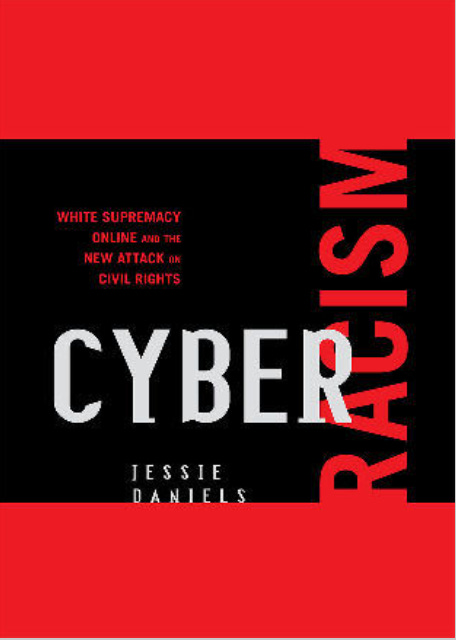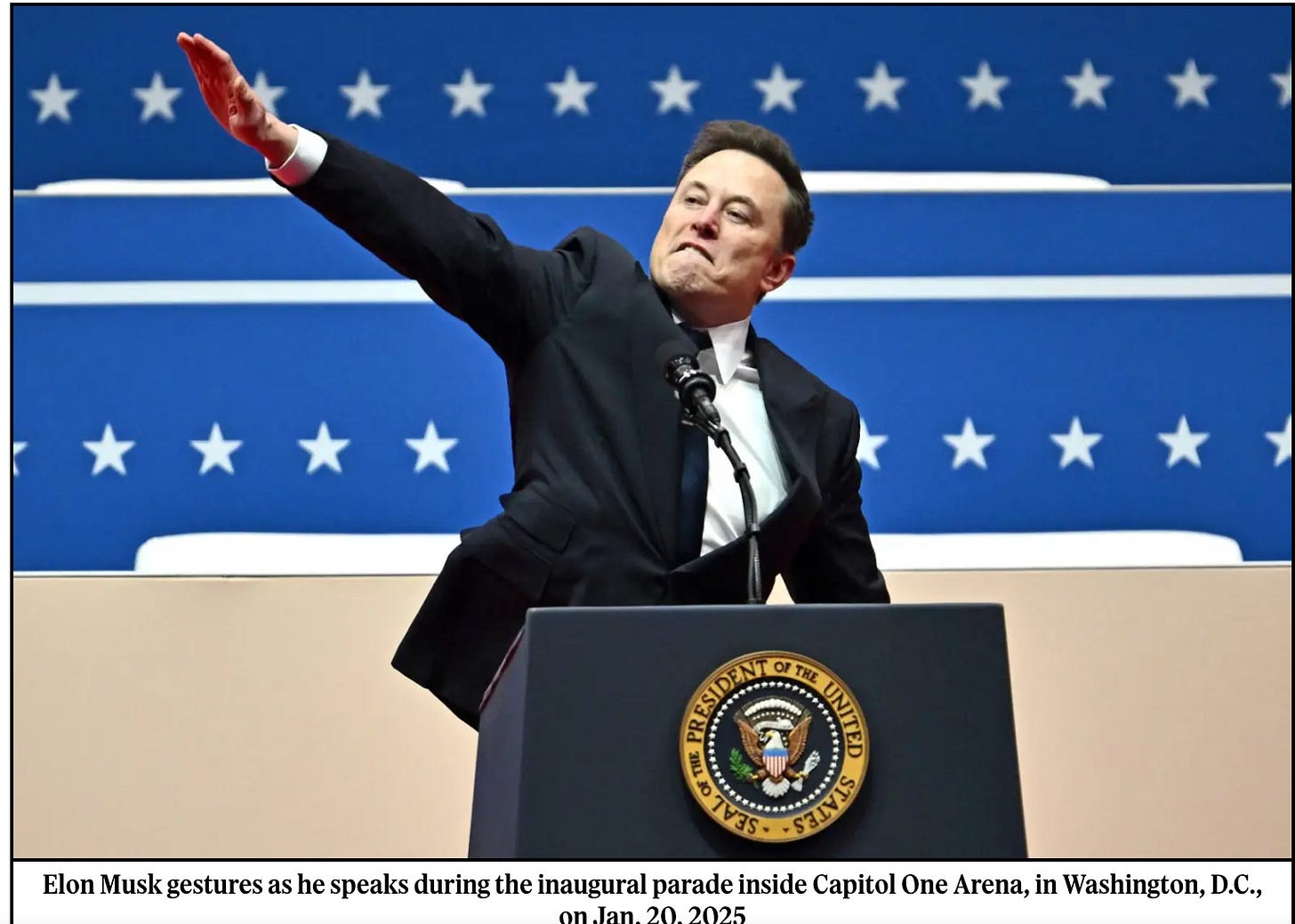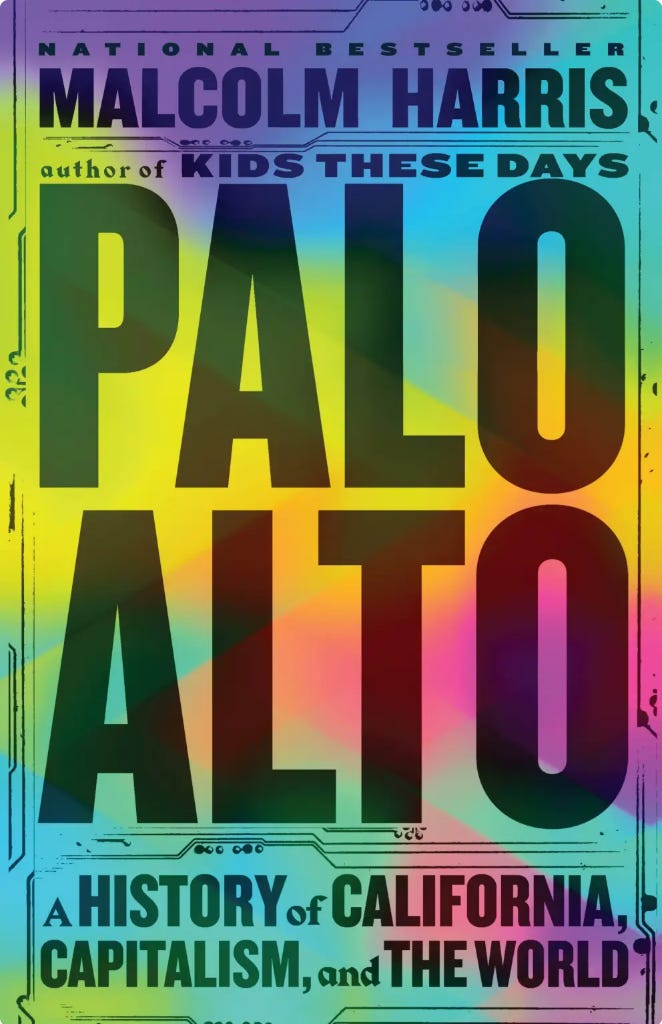The Nazi Salute Heard Around the World
The masks are off American white supremacy and it is in us
Yesterday, when Elon Musk gave two enthusiastic Nazi salutes at the inauguration of the president he paid to have installed, he signaled his allegiance to white supremacy, a worldview that some thought was from a bygone era or emerged from the supposed ‘dark corners’ of the Internet. Instead of the distant past or an obscure 4chan discussion board, Musk stood at a podium with the seal of the President of the United States to make his point.
Musk’s gestures were a sign of the triumph of a particular form of white supremacy that has flourished precisely because of the rise of digital technologies, like Twitter/X. As I, and other writers, have been pointing out for some time now, Musk and his cohort of South African tech-bro billionaires, have embraced white supremacy since the beginning of the popular Internet. It’s a key reason why Musk bought that platform. Promoting white supremacist ideology is not a bug, it’s a feature of the technology. Perhaps now, the masks are off of American white supremacy for more people to see.
How did we get here?
“In a sense, we’ve managed to push white nationalism into a very mainstream position. Now, we’ve pushed the Overton window,” is how one white supremacist, Jared Swift, who I quoted in this article (from 2018), put it. The Overton window is a concept from communications theory that refers to the range of ideas tolerated in public discourse. The social media platform Twitter/X has been a key mechanism for shaping what’s acceptable in political discourse, its role in this regard has recently been supplanted by TikTok.
There’s a much longer story about the background of white supremacist and eugenic thinking embedded in the tech industry, and Malcolm Harris does an excellent job documenting it in his 2023 book, Palo Alto.
I started trying to make the connections between the “extreme” versions of white supremacist rhetoric (in things like KKK newsletters) and more “mainstream” versions of the same ideas in my dissertation and first book, White Lies (1997) and in the following book, Cyber Racism (2009). The elevation of Musk, who aligns with family and friends who are ardent white supremacists, is in many ways the continuation and apotheosis of this convergence. The extreme has now become the mainstream with little distance between them.
It is understandable, given all this, that we would want to create that space between that and ourselves, but that can be a trap and part of what has gotten us here.


Let me explain.
One of the arguments I made in White Lies is that there’s this dynamic that emerges when we treat white supremacists as a spectacle of Otherness. I documented this in television talk shows, like Geraldo, which would give space to them on shows like “Hatemonger Moms,” making them into a lunatic fringe and preempting any other interrogation of racism by the audience, the host, or society at large. The argument for having them on the shows was, as Geraldo Rivera put it, “we’re exposing them to the light, and, just like cockroaches, they will run when the light is turned on.” This notion that “light is the best disinfectant” and “more speech” is the solution to racist speech is one that the Anti-Defamation League (ADL) has long promoted (more about that organization below).
Yet, what actually happened following their appearances on television talk shows was the groups gained a measure of legitimacy (which I documented in the newsletters) and the tv shows, for their part, garnered huge ratings. The episode of Geraldo in which white supremacists and their opponents began an on-air brawl (resulting in the host’s broken nose) was one of the highest rated talk shows ever. The presentation of white supremacists on tv talk shows, like the scholarly analysis of them as merely an “extremist” social movement or “deviants” (or, “trash” as in a Newsweek cover that reported on the brawl), precludes any broader investigation of white supremacy (White Lies, 1997, p.25). Because we’re so triggered by our outrage at the Nazi salute on our television screens, we stay stuck in that reaction and never go on to do the more difficult work of examining the way that same ideology permeates the rest of our culture at large, or our thinking as individuals.
“People have adopted our rhetoric, sometimes without even realizing it. We’re setting up for a massive cultural shift,” is the way Jared Swift, the white supremacist I quoted in that 2018 article, described their political project. Among white supremacists, the tactic goes like this: if today we can get “normies” talking about Pepe the Frog, then tomorrow we can get them to ask the other questions on our agenda: “Are Jews people?” or “What about black on white crime?” That’s exactly what Musk (and the other tech-bro-billionaires) have done is push their jokey-version of white supremacy until seems like no big deal to a majority of people and then it becomes a policy, like ending birthright citizenship and news organizations like NPR call it “historic” rather than racist. That slide from the “extreme” to “mainstream” is how the normalization of white supremacy happens.
Finally, do not be fooled by the likes of the ADL questioning whether Musk’s clear Nazi salute was just an ‘exuberant’ gesture. As a researcher of the far right, I was fooled for many years about this organization, but I learned that the ADL is not what it seems. Rather than a civil rights organization for all Jewish people, it is solely dedicated to supporting the state of Israel, which is Zionism. The ADL is only concerned with antisemitism when it can be used in the service of Zionism. And, Zionism - a form of supremacism - is entirely consistent with white supremacy. It’s the reason there can be Jewish supporters of Trump. Tech bro billioniares like Musk and Thiel (patron of J.D. Vance) want a ‘global race war’ and so are aligned with the forces of Zionism and white supremacy because a world of forever wars is good for their businesses.
How do we fight back against such powerful forces?
I mean, it can feel impossible but it’s actually pretty simple. First, don’t give away your power by saying there’s nothing we can do. You can resist the policies of this white supremacist regime in all kinds of ways. Second, don’t give into division by turning on your fellow humans. Giving into division is often from a place of fear, when we are triggered about our own safety, but it’s not an immigrant who is making your life miserable, it’s a venture capitalist somewhere. Or, it is a billionaire man-baby giving a Nazi salute. Learn what triggers you most, recognize that there are powerful forces that want to exploit that exact fear.
Last, and perhaps most importantly, don’t be afraid to look at how the ideas of white supremacy (and Zionism) have crept into our own worldviews, our reactive take on what’s happening around us. Pause, self-reflect, and ask: am I part of this problem? A long-running white supremacist online portal that I studied for the Cyber Racism book, is Stormfront. In 2008 when Barack Obama was elected president, the site crashed because so many white people, outraged at the election of a Black man, sought out the content and community it provided. For years, they have had a banner ad on the site with a drawing of Thomas Jefferson and a quote from his white supremacist writing in Notes on the State of Virginia. The challenge, then, especially to white parents who don’t want their children accept Nazi salutes or grow up to be Timothy McVeigh or Dylann Roof or Elon Musk, is this: what is the conversation you’re having at home about Thomas Jefferson? What’s the story in your house about whiteness and white supremacy? If you don’t know how to have those conversations with your kids, then now’s a good time to study up.
The danger with white supremacy, as ever, is the way that we accommodate it within our thinking, our lives, and our polity.





